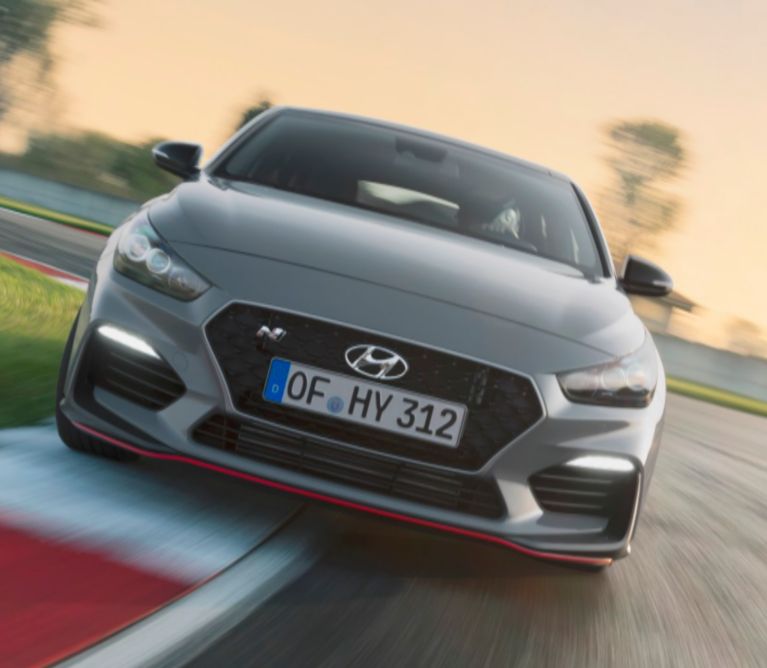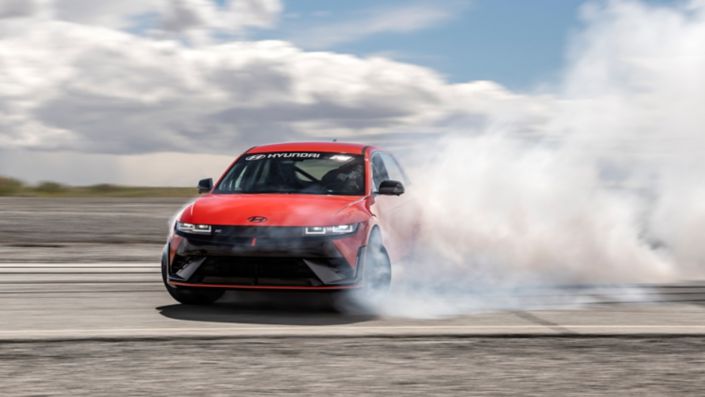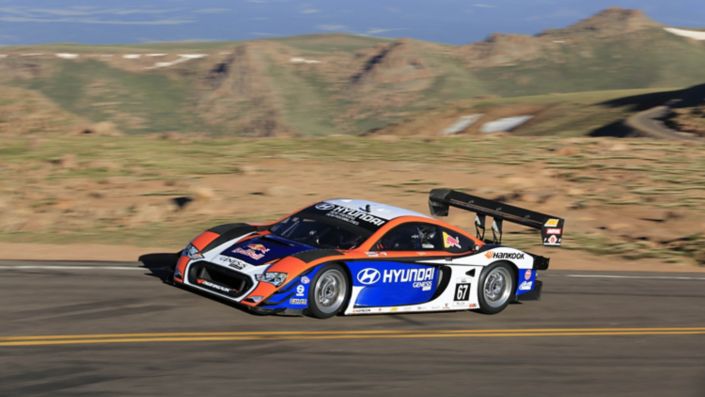It has motorsport coursing through its DNA, having been honed on the Nürburgring, one of the most challenging racetracks in the world and the home of Hyundai’s Testing Centre. With up to 275 HP and high-performance cornering capabilities, the All-New i30 Fastback N is a racetrack-ready, everyday sports car.
These credentials are furthered by its N Corner Carving Differential (an electronically controlled limited slip differential). Specifically designed and engineered by Hyundai excite drivers through even the most challenging corners, this differential maintains maximum fun and stability throughout braking, and when entering and exiting corners. It allows driven wheels to turn at different speeds by applying different amounts of torque to them, reducing wheel slip and minimising understeering in corners.
Of course, to experience that unique Hyundai N feeling, you’re going to need a great racetrack with great corners. So here are the five best corners motorsport can offer.
Press material
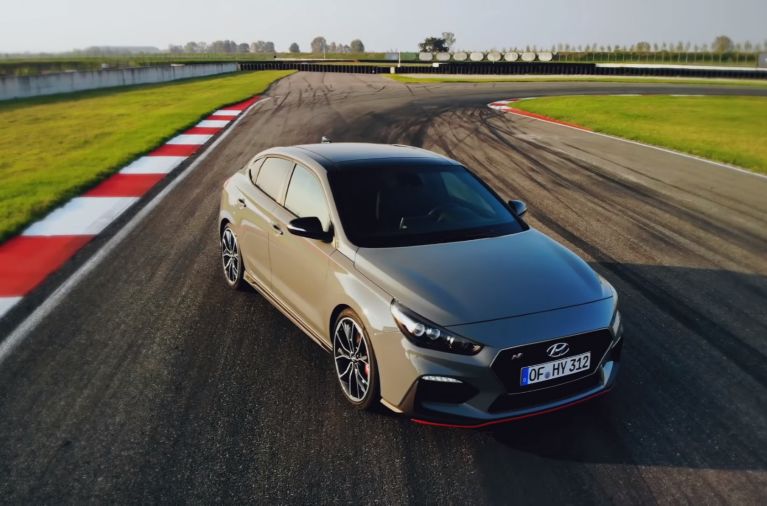
Eau Rouge, Spa
Taking its name from the iron-rich, red-coloured stream that runs underneath it, this left-right-left uphill sequence is the signature of Spa-Francorchamps circuit in Belgium. The corner has tested the nerves and skill of F1 drivers since the world championship began in 1950, thanks to the sudden severity it throws at them.
It can seriously scramble your insides, generating a 1.7G compression for the occupant of a modern F1 car, propelling them to the top of the proceeding hill – Raidillon – at incredible speed. Legendary driver Michael Schumacher described it as being like “flying downhill and seeing a big mountain in front of you”. Even with several adjustments being made to make it safer in recent years, Eau Rouge still maintains its reputation as the most demanding – and most beloved – corner in world motorsport.
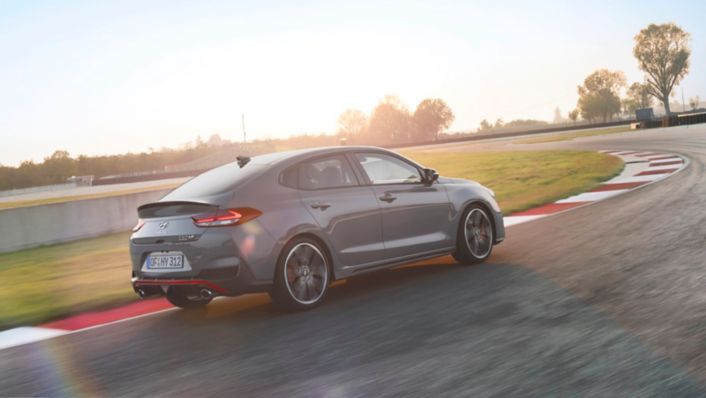
The Corkscrew, Laguna Seca
Given its name, it is no surprise that driving down and around The Corkscrew is often said to offer a similar experience to riding a rollercoaster. Part of California’s Laguna Seca racetrack, it might not be immediately familiar with European fans, but this is undoubtedly one of motorsport’s most exciting corners and a unique challenge for all drivers.
It represents a daunting prospect, beginning with a blind drop that is followed immediately by an 18 per cent drop in elevation. Drivers will apply the brakes as they hit the bump that obscures the view of the track just as they enter The Corkscrew, turning left then right as their vehicle descends the equivalent of a five-storey building, before accelerating on to the stupendously fast Turn 9. It really is one of the most thrilling sights the sport has to offer.
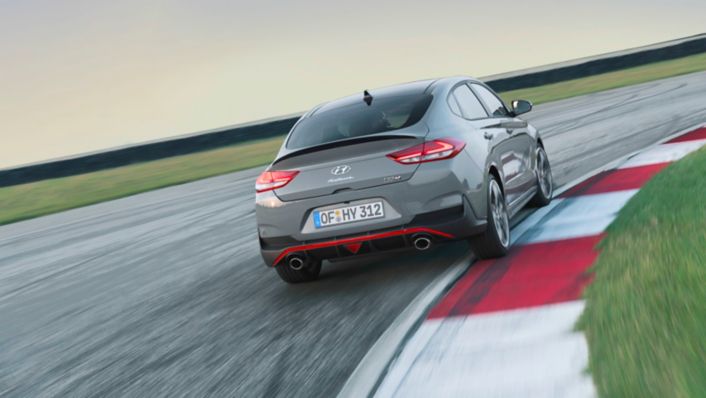
The Karussell, Nürburgring Nordschleife
While the Nürburgring Nordschleife racetrack has an abundance of classic corners that could feature on this list, The Karussell is the highlight of them all. It looks like nothing else you’ll see in motorsport; originally intended to be part of a drainage ditch, in the 1930s drivers discovered that dropping down onto the concrete slabs and using them as banking was the quickest way to take the corner.
It has been the preferred racing line ever since, and the sound of cars going over the slabs at the apex and accelerating up the hill makes it one of the atmospheric spots in motorsport. There is nothing that stirs the senses quite like being at The Karrussell when a huge race like the Nürburgring 24 Hours is in full flow, standing just metres from the action with the sound of air-horns and cheering crowds filling the air and the smell of barbeques and campfires drifting across the track.

Parabolica, Monza
Italy’s Monza circuit is another packed with high-quality corners – the Ascari, Curva Grande and Lesmos turns wouldn’t be out of place on anybody’s list of favourites. It is the Parabolica hairpin, however, that is its crowning glory. And while the addition of tarmac in its run-off area has minimised the cost of running too wide, it remains a daunting challenge that still catches drivers out year after year.
Being a hairpin (albeit a long, wide, right-hander), it requires drivers to run their vehicle around it as wide as possible in order to hit the proceeding main pit straight at maximum speed. When they are approaching Parabolica at some 330 km/h, before standing on the brakes and turning right to hit its apex spot-on, mistakes are a very real possibility.
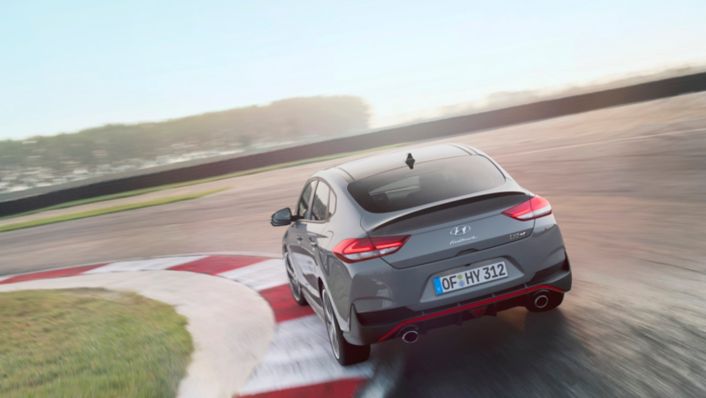
Loews Hairpin, Monaco
Yes, Loews Hairpin – or Fairmont Hairpin, Grand Hotel Hairpin, Station Hairpin or another of the multitude of names that fans refer to it by – is one of the slowest corners in F1 and motorsport in general. But it is possibly the most iconic of the all; the one corner that even people who have no interest in racing will recognise and pinpoint as being from the Monaco Grand Prix.
It is also no small challenge for drivers. Coming directly from the street circuit’s Mirabeau corner, the sharp descent culminates in an almost 180-degree turn, negotiated at not-inconsiderable 65 km/h by a modern F1 car. The drivers’ mastery of their vehicles must be at its peak at Loews Hairpin: take it too slow and your lap time will suffer; press too hard on the accelerator pedal and you could hit either a car in front or the surrounding wall, ending your race in ignominy.

